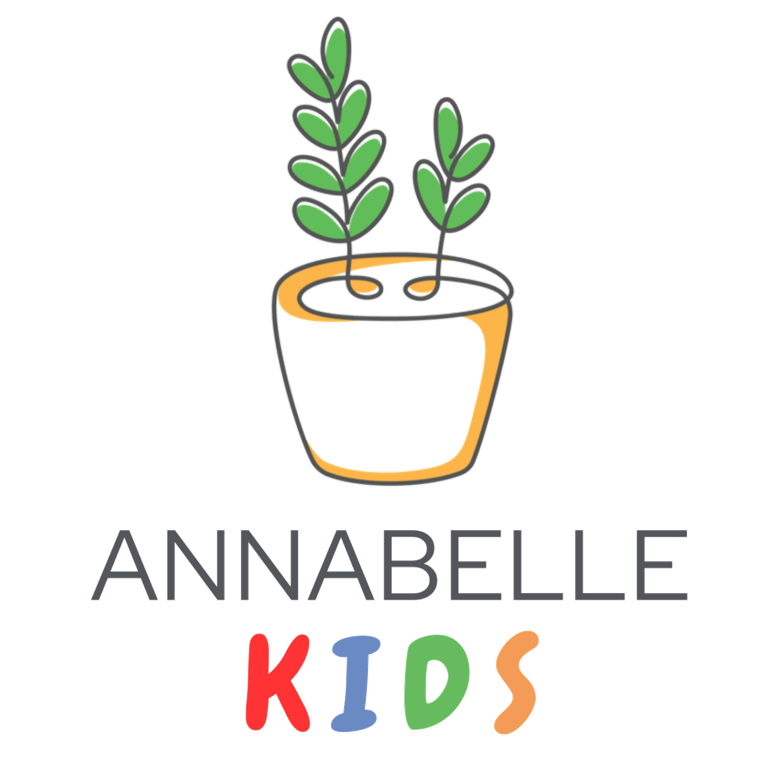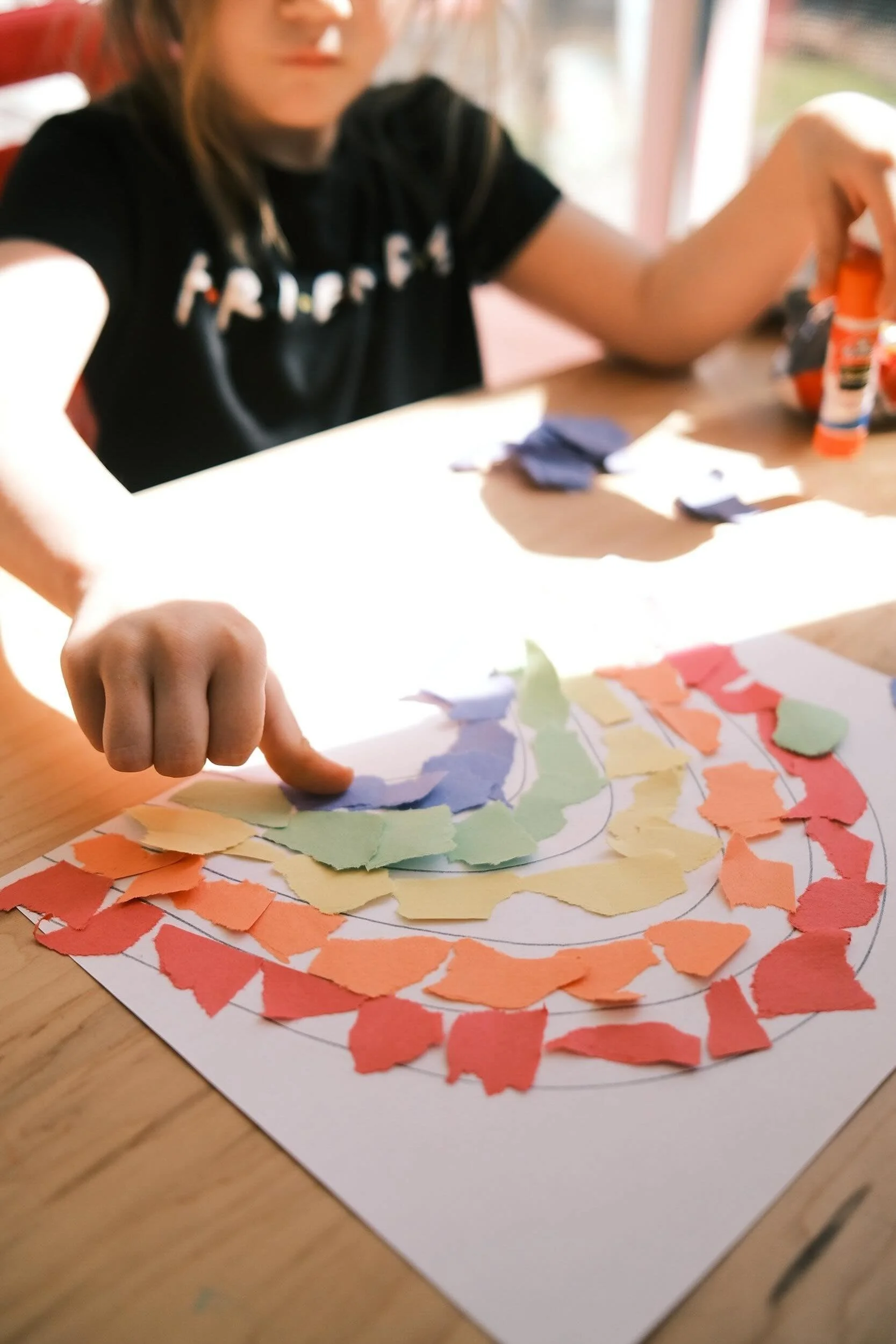Utilising creative modalities such as drawing, painting, colouring, collages, or sculpting, children are encouraged to express themselves without the fear of being judged or criticized.
Together with the child, an art therapist facilitates the understanding of underlying meanings and messages behind the art, bringing clarification of the child’s feelings or emotions and allowing them to access core conflicts and resolve various struggles.
Art therapists work with people of all ages, from children to adults.
What if I have no artistic creativity?
You don't need any prior experience or knowledge of art to benefit from art therapy.
In the same way one does not need to be a psychologist to undergo psychotherapy, one does not need to be an artist (or possess any form of artistic talent really) to experience art therapy.
The quality of the resultant art is unimportant – what matters is the process of creation. The art therapist then guides the child through a reflective process to interpret the resultant messages, symbols, and psychological associations between the art and the child’s individual experiences.
The art therapist is trained in the ways of colour, texture, and art medium used in therapy that may express the thoughts and emotions that their client is portraying.
Art therapy is suitable for people of all ages and abilities, and no prior experience or artistic talent is required.
What happens in an art therapy session?
An art therapy session will typically begin with both parties: therapist and child, getting to know each other, building a therapeutic relationship as a foundation for growth and therapy. A variety of art media is provided in an art therapy session; an art therapist will guide the child through different characteristics of art media such as pencil, chalks, charcoals, colour pencils, pastels, markers, paints, clay, etc. This allows the child to identity and choose a medium/media that is most suitable to express their feelings and thoughts and even to access unconscious psychological materials.
There will be an immersion (otherwise known as flow) in the process of art making, which is therapeutic in and of itself. In the beginning phase of therapy, the art therapist might guide the child through a set of directives in order for them to ease into a creative process, and also for the therapist to learn about the child’s fluency in symbol making and insights on your core conflicts.
When the artwork is completed, which could be done in a single session or over a few sessions depending on the depth and complexity, the art therapist will engage the child in therapeutic dialogues to facilitate reflections and insight-building based on symbolic expressions in your artwork.
Typically, weekly art therapy sessions are recommended at the start, but as therapy progresses, each family can discuss with the child’s art therapist to find a frequency and regularity that best suit their needs.
What Is Art Therapy and How It Helps Children
Art therapy is a form of psychotherapy that uses art as a means of communication. An alternative to verbal communication, art serves as the medium through which individuals express themselves.
Is Art Therapy effective?
In a word: yes. Art therapy is an evidence-based therapeutic modality that is effective and has demonstrated clinical effects in the management of mental disorders and reducing the effects of symptoms.
Art therapy has been shown to benefit children, adolescents, as well as adults experiencing mental health challenges stemming from anxiety and depression to complex trauma.
What does an Art Therapist do?
Art therapists are mental health professionals with a master’s degree, trained to use art media, the creative process, and the resulting artwork to help people express their emotions and thoughts, explore their identity, and develop social skills.

